I am using SSIS in Visual Studio 2008. I have many XML files that I need to process and place into an existing DB structure (SQL Server 2005). This is my first attempt at using SSIS and am a little stuck. I have found the XML Data Flow task, assigned it a test xml file and it's associated XSD, and mapped one node to a Database Table. My question is, how do I associate many xsd nodes with many tables? Surely I don't have to set up an XML source for each table?
Asked
Active
Viewed 7.4k times
16
-
Are all the XML files of the same schema? – Rowland Shaw Apr 19 '11 at 12:28
-
There is an SSIS bug which prevents looping thorugh XML files in ssis 2008 as of now.....but thanks for the solution. – Oct 23 '13 at 08:09
2 Answers
46
Here is a possible option which demonstrates how to load multiple XML files having same definition into an SQL Server table. The example uses SQL Server 2008 R2 and SSIS 2008 R2. The example shown here loads three XML files into an SQL table using SSIS Data Flow Task with the help of XML Source component.
Step-by-step process:
- Create a table named
dbo.Itemsusing the script given under SQL Scripts section. - Create an XSD file named
Items.xsdin the folder path C:\temp\xsd using the content provided under XSD File section. - Create three XML files namely
Items_1.xml,Items_2.xmlandItems_3.xmlin the folder path C:\temp\xml using the content provided under XML Files section. - On the package, create 3 variables namely
FileExtension,FilePathandFolderPathas shown in screenshot #1. - On the package's Connection Managers, create an OLE DB Connection named
SQLServerto connect to the SQL Server Instance as shown in screenshot #2. - On the
Control Flowtab, place aForeach loop containerand aData Flow Taskwithin the Foreach loop container as shown in screenshot #3. - Configure the
Foreach Loop containeras shown in screenshots #4 and #5. - Double-click on the
Data Flow Taskto navigate to theData Flowtab. Place anXML Sourcecomponent and anOLE DB Destinationas shown in screenshot #6. - Configure the
XML Sourceas shown in screenshot #7 and #8. The XML file path will be retrieved from the variable FilePath. This variable will be populated by theForeach Loop container. - Configure the
OLE DB Destinationas shown in screenshots #9 and #10. - Screenshots #11 and #12 show the package execution.
- Screenshot #13 shows the table data before the package execution. Screenshot #14 shows the table data after the package execution. The data in the table
dbo.Itemsnow contains the data present in three XML files.
Hope that helps.
SQL Scripts:
CREATE TABLE [dbo].[Items](
[Id] [int] IDENTITY(1,1) NOT NULL,
[ItemNumber] [nvarchar](50) NOT NULL,
[ItemName] [nvarchar](60) NOT NULL,
[Price] [numeric](18, 2) NOT NULL,
CONSTRAINT [PK_Items] PRIMARY KEY CLUSTERED ([Id] ASC)) ON [PRIMARY]
GO
XSD File
<xsd:schema xmlns:schema="ItemsXSDSchema" xmlns:xsd="http://www.w3.org/2001/XMLSchema" xmlns:sqltypes="http://schemas.microsoft.com/sqlserver/2004/sqltypes" targetNamespace="ItemsXSDSchema" elementFormDefault="qualified">
<xsd:import namespace="http://schemas.microsoft.com/sqlserver/2004/sqltypes" schemaLocation="http://schemas.microsoft.com/sqlserver/2004/sqltypes/sqltypes.xsd" />
<xsd:element name="Items">
<xsd:complexType>
<xsd:sequence>
<xsd:element minOccurs="0" maxOccurs="unbounded" name="Item">
<xsd:complexType>
<xsd:sequence>
<xsd:element name="Id" type="sqltypes:int" />
<xsd:element name="ItemNumber">
<xsd:simpleType>
<xsd:restriction base="sqltypes:nvarchar" sqltypes:localeId="1033" sqltypes:sqlCompareOptions="IgnoreCase IgnoreKanaType IgnoreWidth" sqltypes:sqlSortId="52">
<xsd:maxLength value="20" />
</xsd:restriction>
</xsd:simpleType>
</xsd:element>
<xsd:element name="ItemName">
<xsd:simpleType>
<xsd:restriction base="sqltypes:nvarchar" sqltypes:localeId="1033" sqltypes:sqlCompareOptions="IgnoreCase IgnoreKanaType IgnoreWidth" sqltypes:sqlSortId="52">
<xsd:maxLength value="60" />
</xsd:restriction>
</xsd:simpleType>
</xsd:element>
<xsd:element name="Price">
<xsd:simpleType>
<xsd:restriction base="sqltypes:numeric">
<xsd:totalDigits value="18" />
<xsd:fractionDigits value="2" />
</xsd:restriction>
</xsd:simpleType>
</xsd:element>
</xsd:sequence>
</xsd:complexType>
</xsd:element>
</xsd:sequence>
</xsd:complexType>
</xsd:element>
</xsd:schema>
XML Files
Items_1.xml
<?xml version="1.0"?>
<Items xmlns="ItemsXSDSchema">
<Item>
<Id>1</Id>
<ItemNumber>I2345343</ItemNumber>
<ItemName>Monitor</ItemName>
<Price>299.99</Price>
</Item>
</Items>
Items_2.xml
<?xml version="1.0"?>
<Items xmlns="ItemsXSDSchema">
<Item>
<Id>1</Id>
<ItemNumber>J1231231</ItemNumber>
<ItemName>Mouse</ItemName>
<Price>29.99</Price>
</Item>
</Items>
Items_3.xml
<?xml version="1.0"?>
<Items xmlns="ItemsXSDSchema">
<Item>
<Id>1</Id>
<ItemNumber>K0456212</ItemNumber>
<ItemName>Keyboard</ItemName>
<Price>49.99</Price>
</Item>
</Items>
Screenshot #1:

Screenshot #2:

Screenshot #3:

Screenshot #4:
Screenshot #5:

Screenshot #6:

Screenshot #7:

Screenshot #8:

Screenshot #9:
Screenshot #10:

Screenshot #11:
Screenshot #12:
Screenshot #13:

Screenshot #14:
-
pay attention to the sqltypes in xsd. This made mine sooooo much easier! Wish I had found this answer earlier! I was using a schema definition with regular types and had successful status but no rows were being output. Correcting the xsd fixed that! – Thronk Feb 05 '15 at 21:17